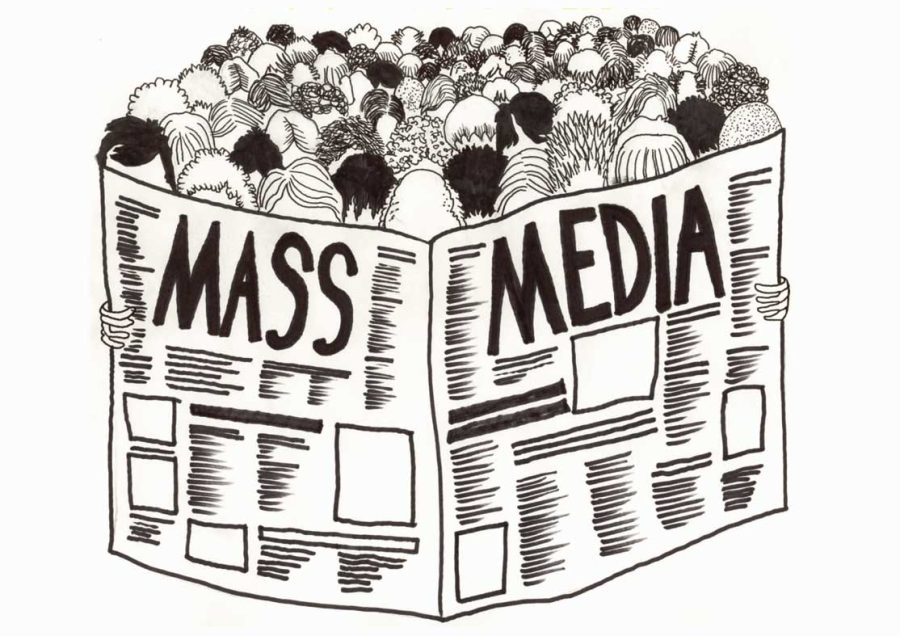With rapid technological development, media and information now package and transfer in many new formats. Unlike the past when formats were limited to print or radio due to technology, today’s media, delivered via the internet, include videos, music, and more. These formats attract audiences more effectively, offer instant access, and reduce production costs on a large scale. This shift has changed how people access information. Despite these changes, a theory from the 1940s remains relevant to media communication: the “Two Step Flow Theory.” This blog will explain this theory and how it still applies in today’s global, internet-driven media landscape.

Paul Lazarsfeld developed the Two Step Flow Theory in the 1940s. His team used research on voting patterns from a 1940s presidential election to show that people are not always directly influenced by mass media. Instead, information flows from mass media to opinion leaders, who filter and interpret the content before it reaches their followers. This clarifies the roles in the communication process: mass media provide information, opinion leaders act as intermediaries adding their perspectives, and followers trust and adopt information from these leaders. This process helps explain how opinions are formed and why followers are strongly influenced by their leaders.

In real-world application, we can see that internet celebrities, such as Mr. Beast, act as opinion leaders who strongly influence public opinion among their followers. For example, when Mr. Beast features a specific product in his video series, the product often receives significant attention and experiences an increase in sales among his audience, demonstrating the impact of opinion leaders in shaping followers’ purchasing decisions.
In conclusion, the Two Step Flow Theory remains significant today because it highlights the foundational process of media communication. As digital media continues to evolve, this theory will continue to provide valuable insight into how information spreads and shapes opinions in our interconnected world.

